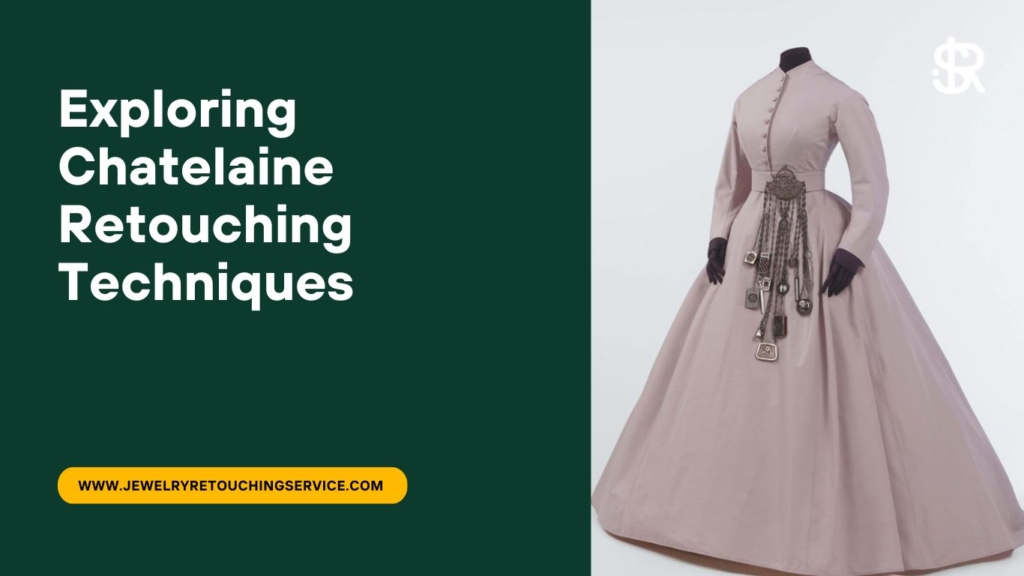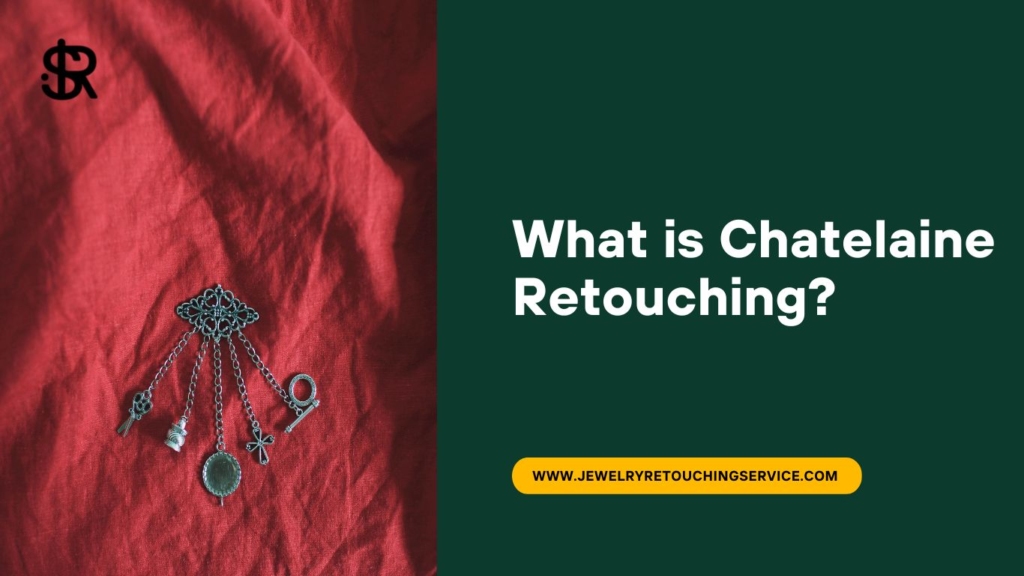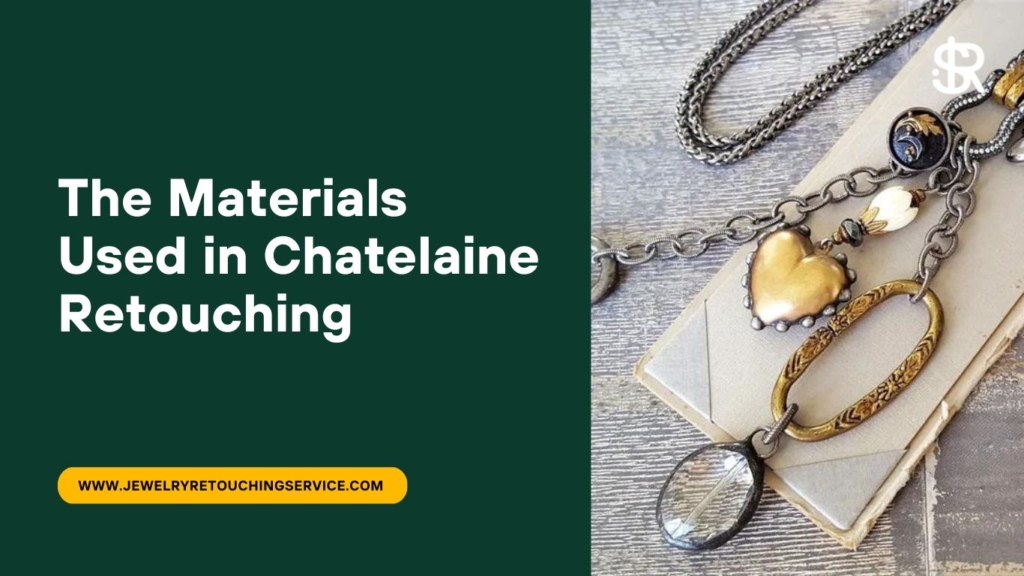The History of Chatelaine Retouching and its Significance in Art Restoration Chatelaine retouching has been used in art restoration for over a century. It was first developed by the French artist and restorer Maurice Chatelain in the early 1900s. Since then, it has become a staple technique in art restoration, particularly for repairing minor damages and retouching small areas of paintings. Chatelaine retouching has played a crucial role in preserving the original beauty and integrity of many famous works of art.

What is Chatelaine Retouching?
A Brief Introduction to the Technique Chatelaine retouching is a technique used in art restoration to repair damages or defects on the surface of paintings. It involves applying small brushstrokes of pigment to the affected area to recreate the colors and patterns of the original artwork. Chatelaine retouching is a delicate process that requires a keen eye for detail and a deep understanding of the materials used in the original artwork. It is often used in conjunction with other restoration techniques to achieve the best possible results.

The Materials Used in Chatelaine Retouching:
Brushes, Pigments, and Solvents Chatelaine retouching requires a specific set of materials, including specialized brushes, pigments, and solvents. The brushes used in Chatelaine retouching are typically very small and made from high-quality natural hair. The pigments used are carefully chosen to match the colors and textures of the original artwork. Solvents are used to dissolve the pigments and make them easier to apply. The selection and application of these materials require a high degree of skill and expertise.
The Importance of Proper Training and Certification for Chatelaine Retouchers Chatelaine retouching is a specialized technique that requires a great deal of knowledge and skill. Proper training and certification are essential to ensure that retouchers have the necessary expertise to apply the technique correctly. Certification ensures that retouchers have met specific standards and adhere to ethical and professional codes of conduct. The certification process typically includes rigorous training, exams, and practical experience.
How Chatelaine Retouching Differs from Other Restoration Techniques Chatelaine retouching is different from other restoration techniques in that it focuses on small areas of damage or discoloration. Other techniques, such as cleaning or varnishing, are used to restore large areas of paintings. Chatelaine retouching is a highly precise technique that requires a keen eye for detail and an understanding of color theory and paint application.

The Challenges of Chatelaine Retouching:
Navigating Ethics, Aesthetics, and Conservation Chatelaine retouching presents several challenges for restorers, including navigating ethical considerations around the restoration of original artworks, achieving aesthetic consistency with the original work, and ensuring conservation and longevity of the restoration work. These challenges require the restorer to balance competing interests and make difficult decisions based on their expertise and understanding of the art piece.
The Ethics of Chatelaine Retouching:
Balancing Originality and Aesthetics with Preservation The ethics of Chatelaine retouching involves balancing the desire to restore the artwork to its original state with the need to preserve the originality and authenticity of the artwork. It requires a careful consideration of the artist’s intentions, the historical context of the artwork, and the aesthetic value of the restoration work. Ethical considerations also extend to the use of materials and techniques that do not harm the artwork and preserve it for future generations.
Case Studies:
Successful Chatelaine Retouching Projects and Techniques Case studies are essential for demonstrating the effectiveness of Chatelaine retouching techniques. These studies showcase successful projects and techniques used in restoring.
Chatelaine Retouching in Contemporary Art Restoration:
Trends and Innovations Chatelaine retouching is an evolving technique, with trends and innovations emerging in contemporary art restoration. Restorers are using new materials and techniques to improve the accuracy and longevity of their restoration work. One trend is the use of computer-based analysis to match colors and textures with the original artwork. Another innovation is the use of new pigments and solvents that are less harmful to the environment and the artwork. These trends and innovations are improving the quality of Chatelaine retouching and advancing the field of art restoration.
Finding a Qualified Chatelaine Retoucher:
Tips for Art Collectors and Curators Finding a qualified Chatelaine retoucher is essential for ensuring the quality and authenticity of the restoration work. Art collectors and curators should look for retouchers who have undergone proper training and certification, have a deep understanding of the materials and techniques used in Chatelaine retouching, and adhere to ethical and professional standards. They should also ask for references and view examples of the retoucher’s work before making a decision. By taking these steps, art collectors and curators can ensure that their artwork is restored with the utmost care and expertise.


